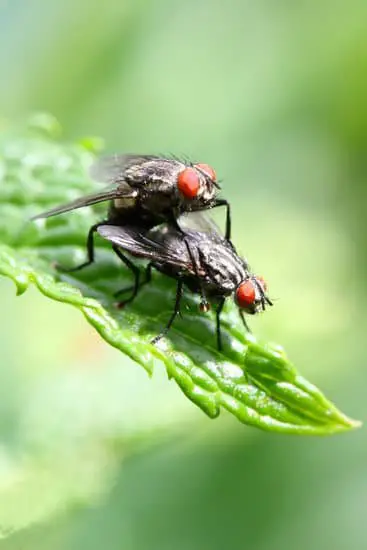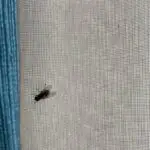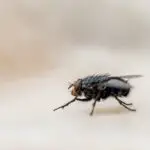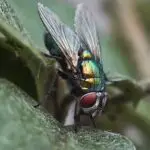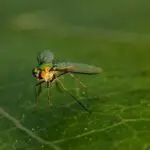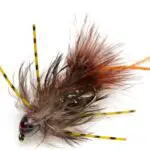Can Flies Cause Pink Eye in Cattle?
Fly-borne diseases are not uncommon in animals, but it is important to keep an eye out for these common afflictions in your animal’s environment. In most cases, Moraxella bovis, a bacteria that causes pinkeye, is the primary cause. But there are other causes of pinkeye as well, and fly control is only a part of an effective program.
Flies, which feed on eye secretions, are one of the main causes of pink eye in cattle. The bacteria, Moraxella bovis, is carried on dust and flies and deposited on the cornea. Once it gets inside, the infection spreads to deeper layers of the cornea and can cause a rupture. Even less serious cases can lead to permanent damage. In addition, these flies can carry other infectious agents as well.
Face flies are also responsible for secondary damage by irritating the animal’s eyes and feeding on the extra tear secretions. In addition, they carry the pink eye bacteria, Moraxella bovis. This bacterium is extremely destructive to the eye and causes huge economic losses. It also tends to become resistant to antibiotics, so preventing the occurrence of this disease is crucial.
To avoid the spread of this infection, veterinarians recommend applying a patch over the affected eye to reduce exposure to sunlight and other irritants. This will prevent further transmission of bacteria from flies. However, this treatment isn’t foolproof. Veterinary staff will need to monitor the animal’s progress closely and call back if the condition doesn’t improve. It can take a few days for the affected animal to fully recover from pink eye. In some cases, the cornea scar may remain even after the animal has recovered.
